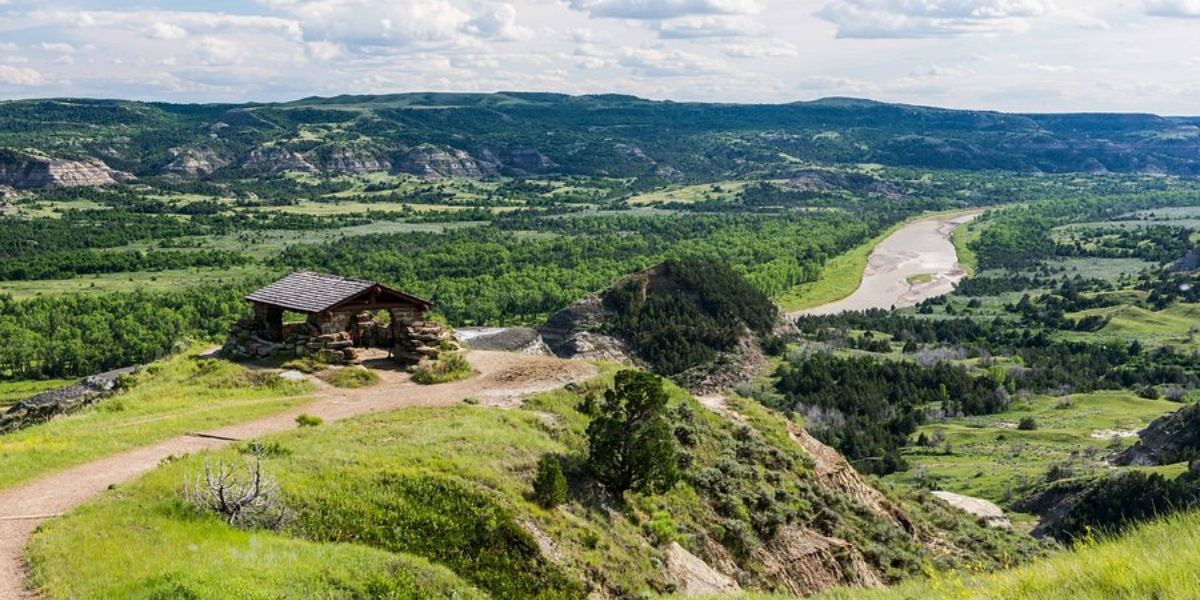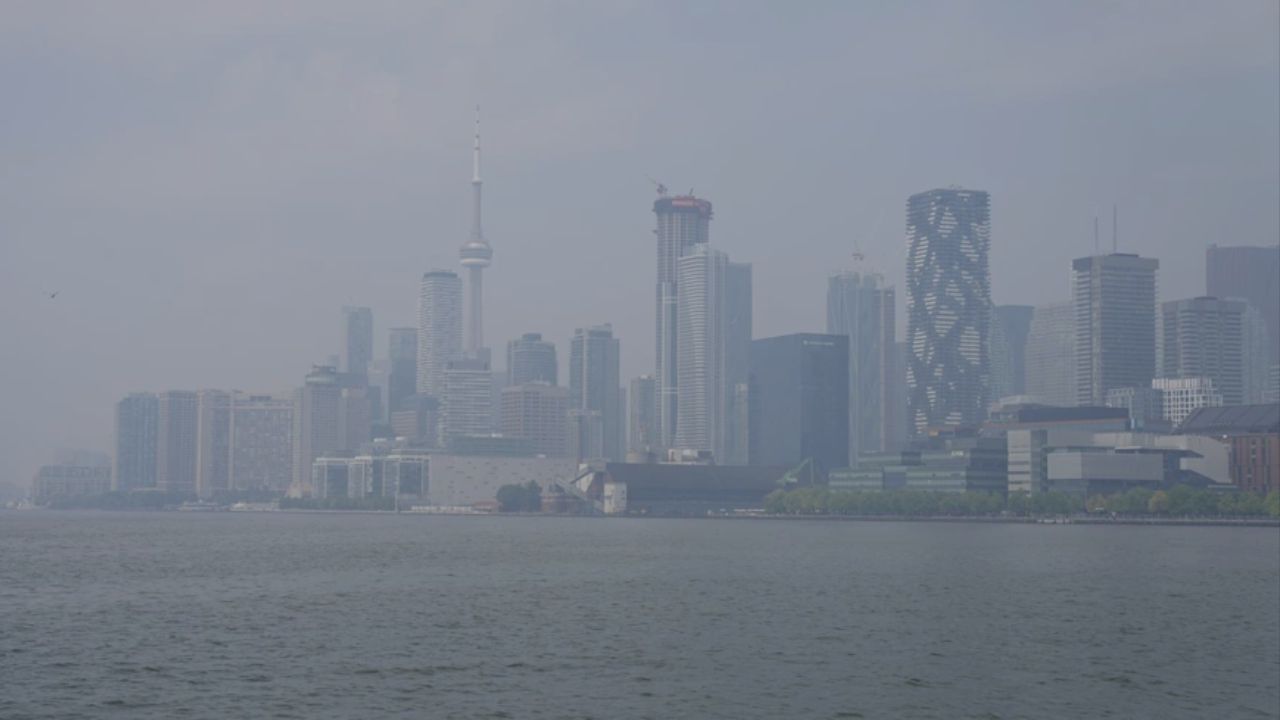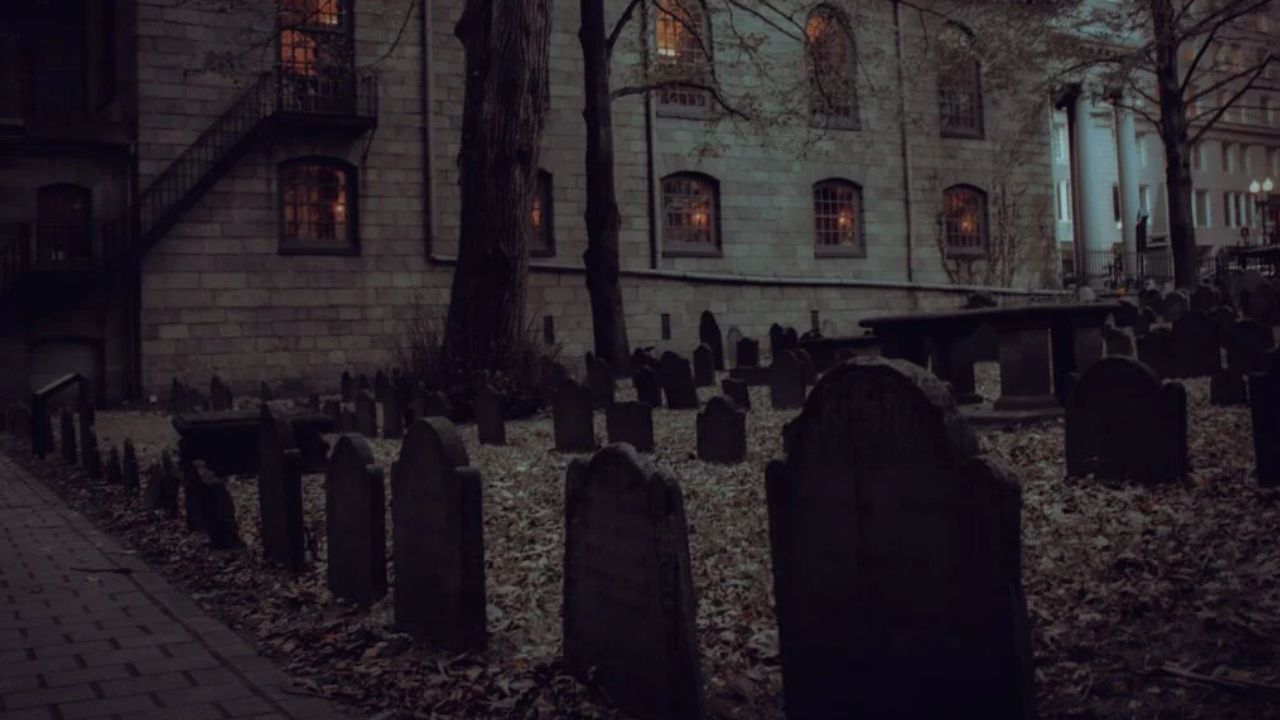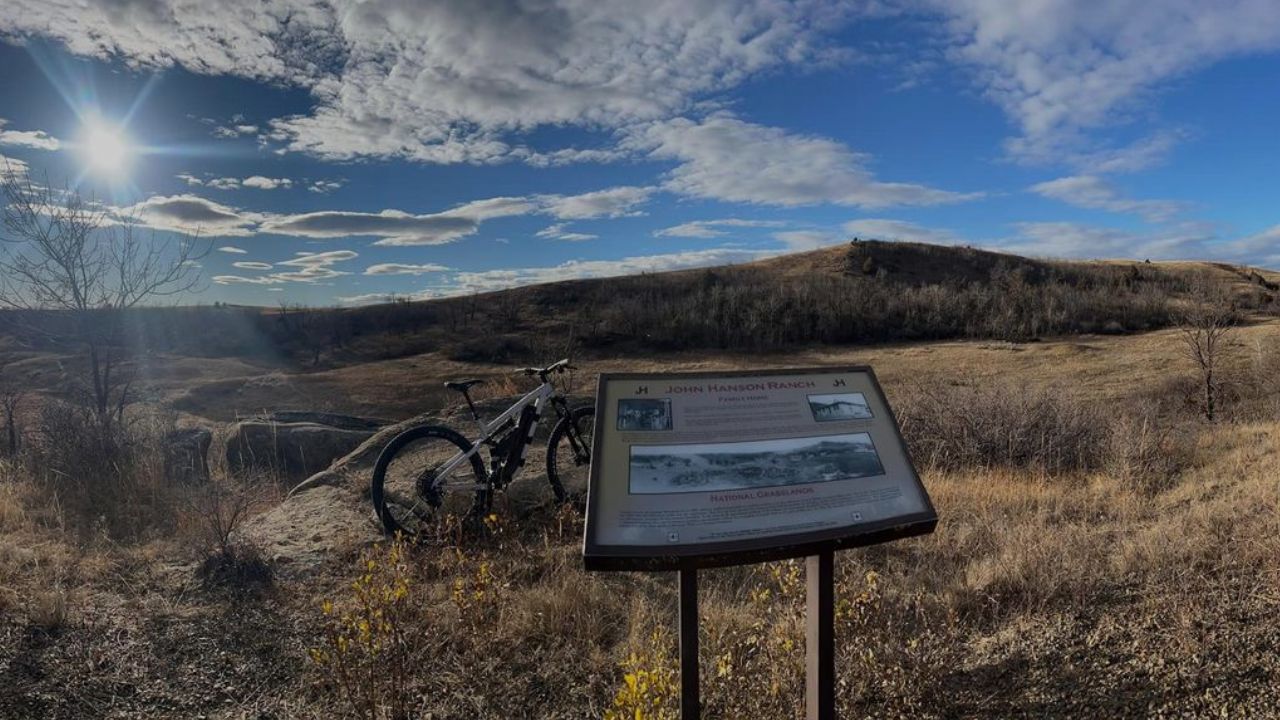Some of the Midwest’s most unusual and breathtaking rock formations can be found in North Dakota’s untamed landscapes. Every mile is worth it because of these geological beauties, whether you’re climbing difficult routes or navigating tricky roads.
Cannonball Concretions
- Location: North Unit, Theodore Roosevelt National Park
Massive boulders of sandstone that are perfectly spherical and originated from the cementation of sediments by mineral-rich water over the course of millions of years. For those who are interested in geology, it is imperative that they see these “cannonballs” that are dispersed over the badlands.
Hoodoos
- Location: South Unit, Theodore Roosevelt National Park
Differential erosion is responsible for the formation of tall, slender spires of rock that have a “cap” on top. Hikers will find themselves in a weird scene to explore thanks to these mushroom-like pillars, which are both bizarre and lovely.
Petrified Forest
- Location: South Unit, Theodore Roosevelt National Park
The petrified forest is one of the largest in the United States, and it is home to ancient tree stumps and logs that have been converted into stone. This region, which may be reached by way of a trail that is ten miles long, provides a glimpse into the subtropical past of North Dakota.
Painted Canyon
- Location: Theodore Roosevelt National Park
One of the most popular places for tourists to stop is this canyon, which is famous for the vibrant colors of its rock layers. The Painted Canyon Nature Trail offers breathtaking vistas of the Badlands, which are a combination of different colors.
Caprock Formations
- Location: Throughout the Badlands, especially along the Caprock Coulee Trail
The formation of stunning cliffs and ledges is the result of difficult rocks that are resistant to erosion and that create protective “caps” atop weaker strata. The greatest places to go to observe these are along attractive hiking trails.
Sentinel Butte
- Location: Near Medora
A notable butte that is made up of the Sentinel Butte Formation and is well-known for the fascinating strata of gray and brown that it contains. In terms of the geology of the North Dakocta badlands, this is a classic example.
Bullion Creek Formation
- Location: Theodore Roosevelt National Park
This formation is characterized by strata of rock that are bright yellow and tan in hue, which contribute to the colorful palette of the badlands. Fossilized trees and the remnants of prehistoric animals are frequently discovered in this area.
Hell Creek Formation
- Location: Southwestern and South Central North Dakota
The region is well-known for the fossils of dinosaurs, notably triceratops. Those who are interested in paleontology will find that the revealed layers offer a rich prehistoric history and are a highlight.
Maah Daah Hey Trail Rock Outcrops
- Location: Western North Dakota
The buttes, canyons, and badlands that are traversed throughout this 144-mile trail are among the many types of rock formations that are encountered. Because of the constantly shifting landscape, it is a popular destination for cyclists and hikers.
Pembina Gorge
- Location: Near Walhalla, Northeastern North Dakota
A gorge that is covered in vegetation and has exposed rock cliffs and other geological features that are distinctive. Additionally, the region is well-known for the uncommon plant species that can be found there.






